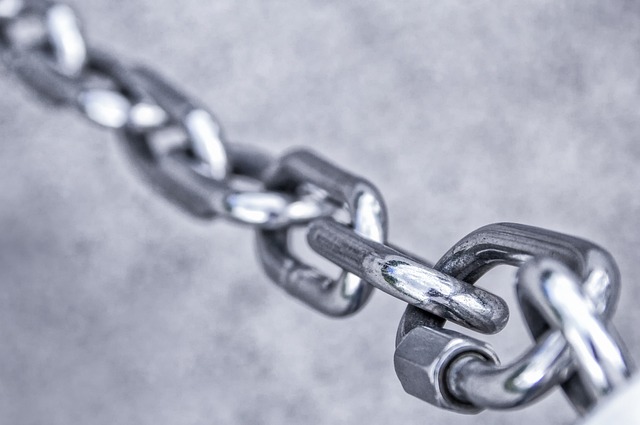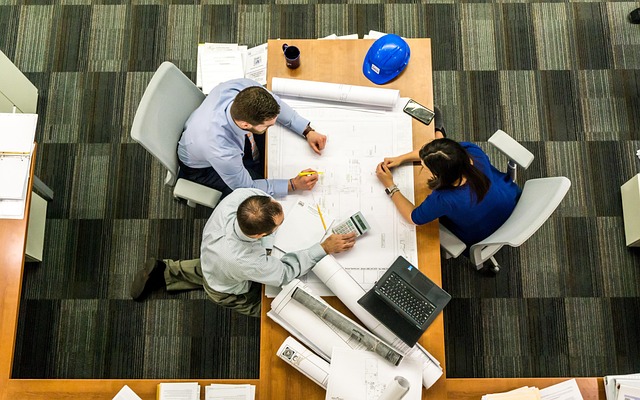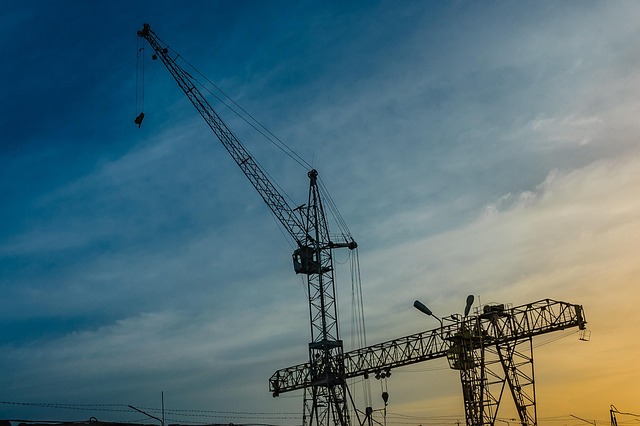Breaking Down Barriers: Infrastructure Challenges and Solutions
In our rapidly evolving world, the word barriers often conjures images of obstacles that slow us down or halt progress entirely. When it comes to infrastructure, these barriers are not just physical—they represent the challenges communities face in connecting with each other, accessing essential services, and fostering economic growth. Understanding the nature of these barriers is the first step toward overcoming them, paving the way for more inclusive, efficient, and resilient infrastructure systems.
The Invisible Barriers That Shape Our Infrastructure
Beyond the visible cracks in roads or outdated bridges, infrastructure barriers can be systemic and complex. Geographic limitations, funding shortages, regulatory hurdles, and technological gaps all play a part in erecting these invisible walls. For example, rural areas often face a significant barrier in the form of limited broadband access, which restricts opportunities for education and business.
Transportation is another domain where barriers manifest profoundly. Congested highways, poorly planned public transit routes, and lack of accessibility options can isolate individuals and communities, creating social and economic divides.
Embracing Solutions That Break Down Walls
Addressing infrastructure barriers requires innovative thinking and collaborative action. Here are some solutions gaining traction:
- Smart Technology Integration: Leveraging data and IoT devices can optimize traffic flow, monitor infrastructure health, and predict maintenance needs before they become critical, effectively removing inefficiencies that act as barriers.
- Inclusive Urban Planning: Designing infrastructure with equity in mind ensures that traditionally marginalized neighborhoods have equal access to transportation, utilities, and digital services.
- Public-Private Partnerships: Combining resources and expertise from both sectors enables large-scale projects that might otherwise be stalled by funding barriers.
- Community Engagement: Involving local residents in decision-making processes helps identify unseen barriers and tailor solutions that truly meet community needs.
The Human Element Behind Infrastructure Barriers
At its core, infrastructure is about people—connecting them to opportunities, to services, and to each other. The frustration felt when confronted with a broken elevator, a flooded street, or a dead zone of internet service resonates deeply because it impacts daily life and future prospects.
Recognizing the emotional weight of these barriers fosters empathy and urgency in addressing them. Infrastructure is more than concrete and steel; it’s the backbone of community well-being and growth. Tackling these challenges head-on is not just an engineering feat but a societal imperative.
By breaking down the barriers—both visible and invisible—we can build a future where infrastructure truly serves everyone, fostering connectivity, inclusion, and resilience for generations to come.




